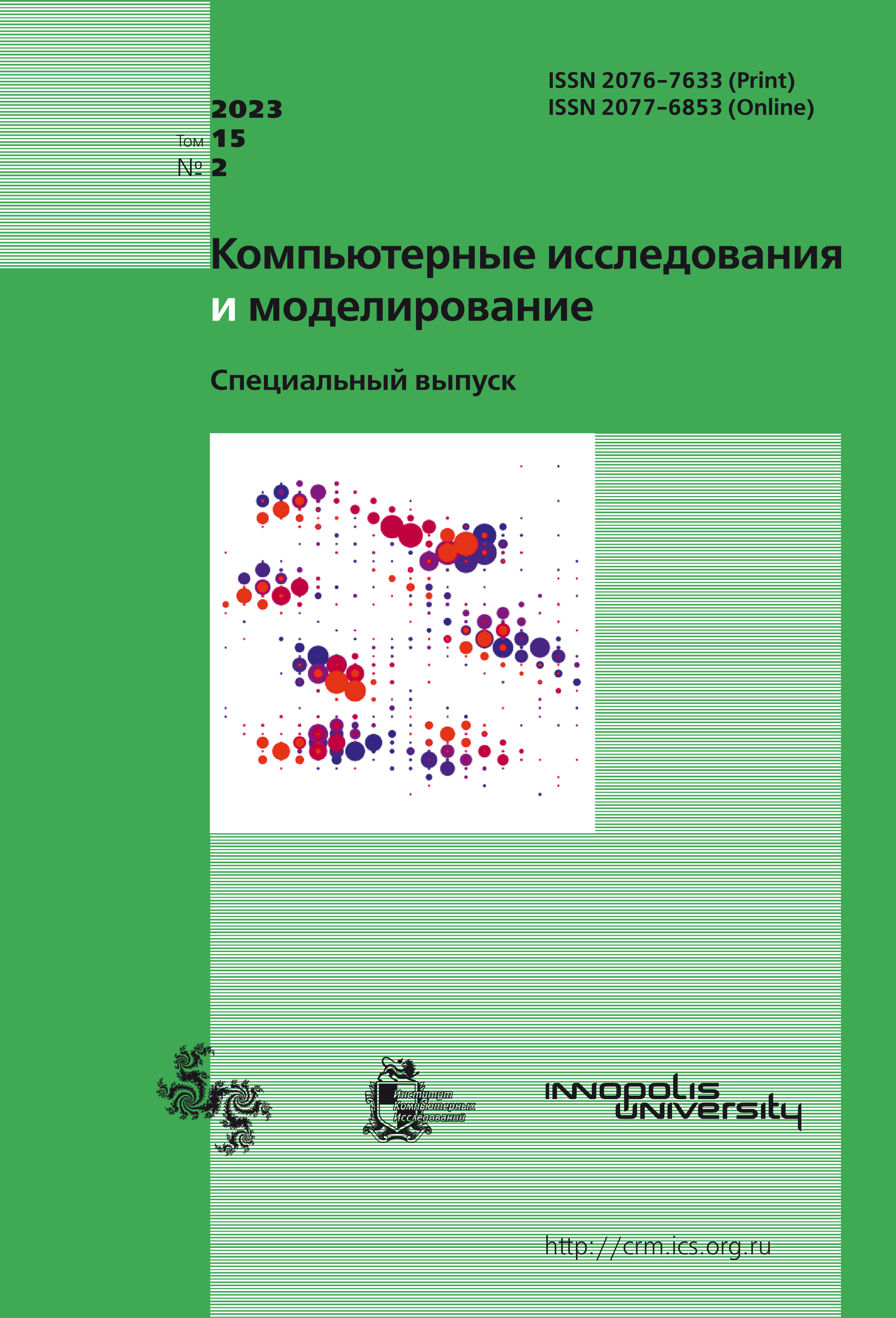All issues
- 2025 Vol. 17
- 2024 Vol. 16
- 2023 Vol. 15
- 2022 Vol. 14
- 2021 Vol. 13
- 2020 Vol. 12
- 2019 Vol. 11
- 2018 Vol. 10
- 2017 Vol. 9
- 2016 Vol. 8
- 2015 Vol. 7
- 2014 Vol. 6
- 2013 Vol. 5
- 2012 Vol. 4
- 2011 Vol. 3
- 2010 Vol. 2
- 2009 Vol. 1
Transport modeling: averaging price matrices
 pdf (762K)
pdf (762K)
This paper considers various approaches to averaging the generalized travel costs calculated for different modes of travel in the transportation network. The mode of transportation is understood to mean both the mode of transport, for example, a car or public transport, and movement without the use of transport, for example, on foot. The task of calculating the trip matrices includes the task of calculating the total matrices, in other words, estimating the total demand for movements by all modes, as well as the task of splitting the matrices according to the mode, also called modal splitting. To calculate trip matrices, gravitational, entropy and other models are used, in which the probability of movement between zones is estimated based on a certain measure of the distance of these zones from each other. Usually, the generalized cost of moving along the optimal path between zones is used as a distance measure. However, the generalized cost of movement differs for different modes of movement. When calculating the total trip matrices, it becomes necessary to average the generalized costs by modes of movement. The averaging procedure is subject to the natural requirement of monotonicity in all arguments. This requirement is not met by some commonly used averaging methods, for example, averaging with weights. The problem of modal splitting is solved by applying the methods of discrete choice theory. In particular, within the framework of the theory of discrete choice, correct methods have been developed for averaging the utility of alternatives that are monotonic in all arguments. The authors propose some adaptation of the methods of the theory of discrete choice for application to the calculation of the average cost of movements in the gravitational and entropy models. The transfer of averaging formulas from the context of the modal splitting model to the trip matrix calculation model requires the introduction of new parameters and the derivation of conditions for the possible value of these parameters, which was done in this article. The issues of recalibration of the gravitational function, which is necessary when switching to a new averaging method, if the existing function is calibrated taking into account the use of the weighted average cost, were also considered. The proposed methods were implemented on the example of a small fragment of the transport network. The results of calculations are presented, demonstrating the advantage of the proposed methods.
Indexed in Scopus
Full-text version of the journal is also available on the web site of the scientific electronic library eLIBRARY.RU
The journal is included in the Russian Science Citation Index
The journal is included in the RSCI
International Interdisciplinary Conference "Mathematics. Computing. Education"






